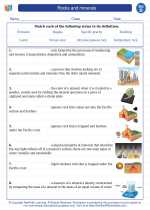Tectonic Processes
Tectonic processes are the natural activities that cause the movement and deformation of the Earth's crust. These processes are driven by the Earth's internal heat and the resulting movement of the tectonic plates.
Tectonic Plate Movement
The Earth's outer shell is divided into several large and small tectonic plates that float on the semi-fluid asthenosphere. The movement of these plates is responsible for various tectonic processes such as earthquakes, volcanic eruptions, and the formation of mountain ranges.
Types of Tectonic Processes
There are several types of tectonic processes, including:
- Subduction: This occurs when one tectonic plate moves beneath another, leading to the formation of deep ocean trenches and volcanic arcs.
- Seafloor Spreading: This process happens at mid-ocean ridges where new oceanic crust is formed as tectonic plates move apart.
- Collision: When two tectonic plates collide, they can form mountain ranges and cause intense seismic activity.
- Transform Boundary: At these boundaries, tectonic plates slide past each other, causing earthquakes.
- Hotspot Activity: Hotspots are areas of volcanic activity that occur away from tectonic plate boundaries, often creating island chains.
Effects of Tectonic Processes
Tectonic processes have significant effects on the Earth's surface and its inhabitants. They can lead to the formation of new landforms, such as mountains and valleys, as well as the destruction caused by earthquakes, tsunamis, and volcanic eruptions. Understanding tectonic processes is crucial for predicting and mitigating the impact of these natural events.
Studying Tectonic Processes
To study tectonic processes, it's helpful to understand concepts such as plate tectonics, seismic activity, volcanic activity, and the formation of landforms. It's also important to learn about the tools and technologies used to monitor and study tectonic processes, such as seismographs, GPS, and satellite imagery.
Additionally, exploring case studies of significant tectonic events, such as the formation of the Himalayas or the 2011 Tohoku earthquake and tsunami in Japan, can provide valuable insights into the complexities of tectonic processes.
Remember to review the different types of tectonic boundaries, how they interact, and the resulting geological features and hazards associated with each type.
Understanding tectonic processes not only enriches our knowledge of the Earth's dynamic nature but also helps us better prepare for and respond to natural disasters.
.◂Science Worksheets and Study Guides Fourth Grade. Rocks and minerals
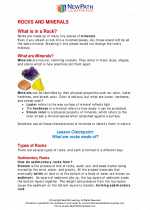
 Activity Lesson
Activity Lesson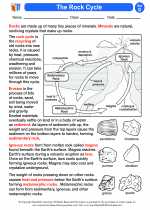
 Worksheet/Answer key
Worksheet/Answer key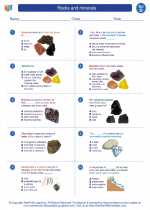
 Worksheet/Answer key
Worksheet/Answer key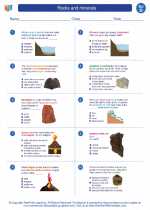
 Worksheet/Answer key
Worksheet/Answer key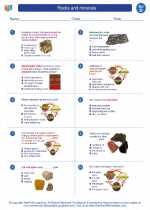
 Worksheet/Answer key
Worksheet/Answer key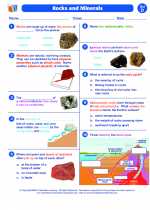
 Vocabulary/Answer key
Vocabulary/Answer key
 Vocabulary/Answer key
Vocabulary/Answer key
 Vocabulary/Answer key
Vocabulary/Answer key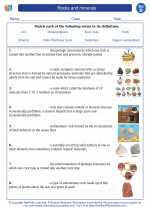
 Vocabulary/Answer key
Vocabulary/Answer key